 Facebook
Facebook
 X
X
 Instagram
Instagram
 TikTok
TikTok
 Youtube
Youtube
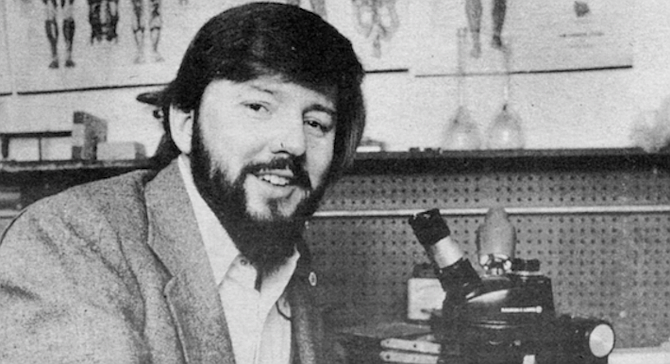
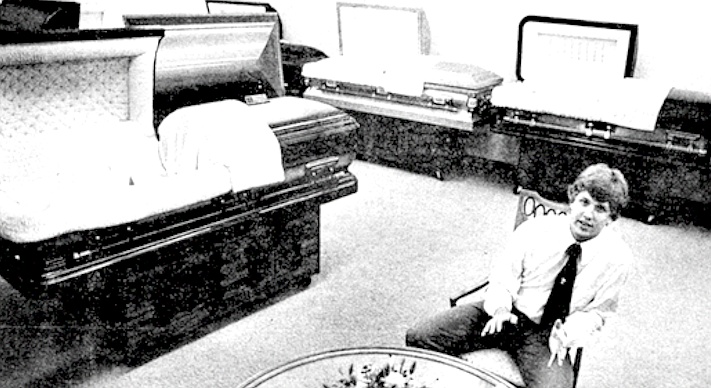
“You bet it’s an emotional decision. I wouldn't want to argue that for a minute. But you tell me how much emotion you’re going to feel when you see the person you love stretched out on the table!” he spits out the words. “And you’re going to tell me that’s the same thing as making the decision when everyone’s whole and happy."
By Jeannette DeWyze, June 15, 1978 Read full article
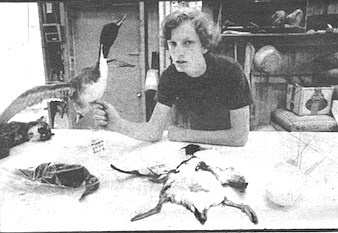
“The important thing in taxidermy is to have thumb nails, so you can dig out meat and stuff,” he says. After the skin is as bare and clean as possible, it is washed with soap and water. The feathers remain intact and are not damaged. The skin then goes into a solvent tank and on into a drum, where it is tumbled slowly in a drying powder which also moth-proofs it.
By Neal Matthews, June 8, 1978 Read full article
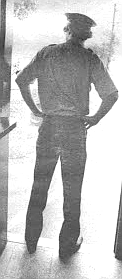
“I had to force fifteen people to leave one night — they were having a pot party on the top patio. I told them to leave; they went down to the lower patio and kept smoking. I told them to leave again and they just went to another section. I told them to leave again and one girl started calling me names. I’ve been married to a Marine for twenty-two years and I never heard some of the things she called me."
By Kelly Dupuis, Oct. 25, 1979 Read full story

When my septuagenarian mother (who knows nothing about automobiles) observed that the floor of the trunk was cracked, that the body had been repainted with two tones of non-matching red, that the front was slightly bent and so was the back,, and that the radiator had been damaged (“It’s obvious to me that it’s been in an accident,” she frowned), I immediately telephoned C.R.
By Sue Garson, Dec. 4, 1980 Read full article
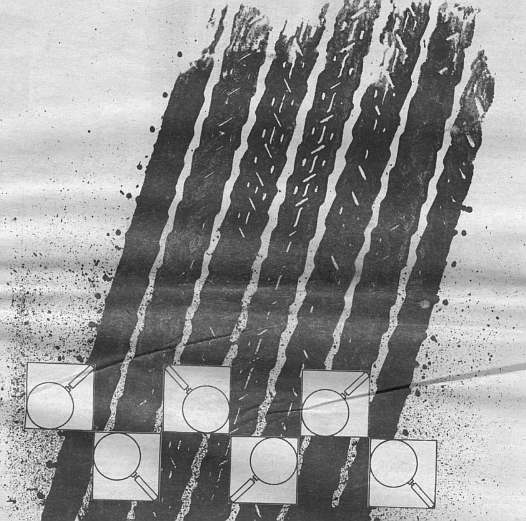
Vomhof found that the officers who arrived at the accident scene had dutifully measured all the relevant skid marks, but failed to analyze the significance of their fellow officer’s substantial skid. When Vomhof took into account the friction of that particular pavement surface, he computed that the Jeep had to have been doing more than forty-five miles per hour in that thirty-five-mile-per-hour zone.
By Jeannette DeWyze, Nov. 27, 1980 Read full article
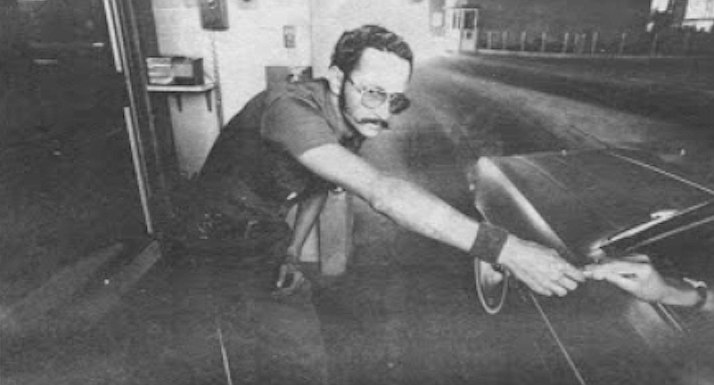
“People yell at our inspectors for allowing cars to cut in line,” says McNally, “but the inspector can’t do anything about it, even if he sees it, which he rarely does.” The incoming traffic lanes are part of the state highway system, according to McNally, and thus fall within the jurisdiction of the California Highway Patrol. “But it’s so awkward to get to it,” McNally says, “even the CHP doesn’t like to patrol it."
By Mark Orwoll, July 3, 1980, Read full article



“You bet it’s an emotional decision. I wouldn't want to argue that for a minute. But you tell me how much emotion you’re going to feel when you see the person you love stretched out on the table!” he spits out the words. “And you’re going to tell me that’s the same thing as making the decision when everyone’s whole and happy."
By Jeannette DeWyze, June 15, 1978 Read full article

“The important thing in taxidermy is to have thumb nails, so you can dig out meat and stuff,” he says. After the skin is as bare and clean as possible, it is washed with soap and water. The feathers remain intact and are not damaged. The skin then goes into a solvent tank and on into a drum, where it is tumbled slowly in a drying powder which also moth-proofs it.
By Neal Matthews, June 8, 1978 Read full article

“I had to force fifteen people to leave one night — they were having a pot party on the top patio. I told them to leave; they went down to the lower patio and kept smoking. I told them to leave again and they just went to another section. I told them to leave again and one girl started calling me names. I’ve been married to a Marine for twenty-two years and I never heard some of the things she called me."
By Kelly Dupuis, Oct. 25, 1979 Read full story

When my septuagenarian mother (who knows nothing about automobiles) observed that the floor of the trunk was cracked, that the body had been repainted with two tones of non-matching red, that the front was slightly bent and so was the back,, and that the radiator had been damaged (“It’s obvious to me that it’s been in an accident,” she frowned), I immediately telephoned C.R.
By Sue Garson, Dec. 4, 1980 Read full article

Vomhof found that the officers who arrived at the accident scene had dutifully measured all the relevant skid marks, but failed to analyze the significance of their fellow officer’s substantial skid. When Vomhof took into account the friction of that particular pavement surface, he computed that the Jeep had to have been doing more than forty-five miles per hour in that thirty-five-mile-per-hour zone.
By Jeannette DeWyze, Nov. 27, 1980 Read full article

“People yell at our inspectors for allowing cars to cut in line,” says McNally, “but the inspector can’t do anything about it, even if he sees it, which he rarely does.” The incoming traffic lanes are part of the state highway system, according to McNally, and thus fall within the jurisdiction of the California Highway Patrol. “But it’s so awkward to get to it,” McNally says, “even the CHP doesn’t like to patrol it."
By Mark Orwoll, July 3, 1980, Read full article
Comments